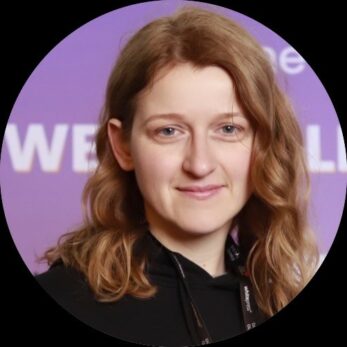Link-earning is a strategy in SEO that focuses on creating high-quality, valuable content that naturally attracts inbound links from other websites.
In this article, we’ll share 11 creative backlink-earning methods we actually use inside our link building services Editorial.Link:
Key Takeaways
- Link earning focuses on creating high-quality content that naturally attracts backlinks, while link building involves actively pursuing and negotiating for backlinks.
- Benefits of link earning include better search rankings, increased referral traffic from interested audiences, and improved online visibility and authority.
- It’s a white-hat approach and a more rewarding creative process, especially for those with content background.
- Data-driven reports with unique statistics can be excellent linkable assets.
- Infographics help visualize data in an engaging way, attracting links.
- Reverse outreach involves creating content on topics journalists are already interested in so they naturally link to it.
- Providing free tools and resources like calculators or templates can earn backlinks over time.
- Digital PR campaigns around original research or data can secure high-quality links from journalists.
- Hosting or sponsoring events generates press coverage and links from organizers and industry publications.
- Creating curated listicles featuring other companies can encourage them to share and link back.
- Controversial content that sparks discussion tends to get referenced and linked to organically.
- Building augmented reality experiences or local guides tied to physical locations can attract links for their novelty.
- Collaborating with influencers on podcasts, competitions, or other co-created content expands reach and earns links.
- Entering and winning popular competitions, especially those that promote winners on their websites, is a way to earn mentions and links.
- Need help creating linkable assets for your business? Get in touch with Editorial.Link!
Link-Earning vs. Link-Building
Link-earning and link-building have the same goal: to secure high-quality links for your web pages to boost their SERP performance. That’s why the two terms are often used interchangeably.
However, there are significant differences between the two approaches.
Link-building is proactive and often involves direct outreach and negotiation to secure backlinks.
Link-builders use various tactics like guest posting, directory submissions, or link exchanges to encourage other websites to link back to their content. Or pay for them.
Conversely, link earning is more passive. It focuses on creating high-quality content that attracts links organically because of its inherent value.
Instead of contacting others to request links, the focus is on producing compelling, original, and useful content that other site owners, bloggers, and journalists will want to link to.
Benefits of Link-Earning
SEOs agree that backlinks, both earned and built, are one of the main search engine ranking factors. They signal to the SEs that your content is reputable and worth serving to searchers.
This improves your website traffic. Both organic and referral. The audience that reaches your webpage via another related website is already prequalified. They’re interested in the topic or product and so are more likely to convert into customers.
Backlinks also increase your online visibility and brand awareness and boost your domain authority/rating (DA/DR), which makes further link acquisition easier.
📌 Note: According to our study, 69% of surveyed SEO specialists named Ahrefs' Domain Rating (DR) as the most reliable metric for determining domain authority.
With earned links, it gets better.
While link building is a gray- or even black-hat approach, link-earning is white-hat. There’s nothing about the approach that would violate the search engine guidelines.
This makes it much safer: it eliminates the risk of penalties or having your site deindexed almost entirely.
In contrast to outreach-based link-building tactics, earning links requires less effort.
A while back, I chatted to Nick Malekos of LearnWorlds about broken-link building, and he said that you’re lucky to get 2-3 free backlinks per 100 emails sent this way.
In contrast, an evergreen research paper can generate hundreds if not thousands of backlinks. For example, this Backlinko article with SEO statistics has attracted over 930 backlinks from 600+ domains.
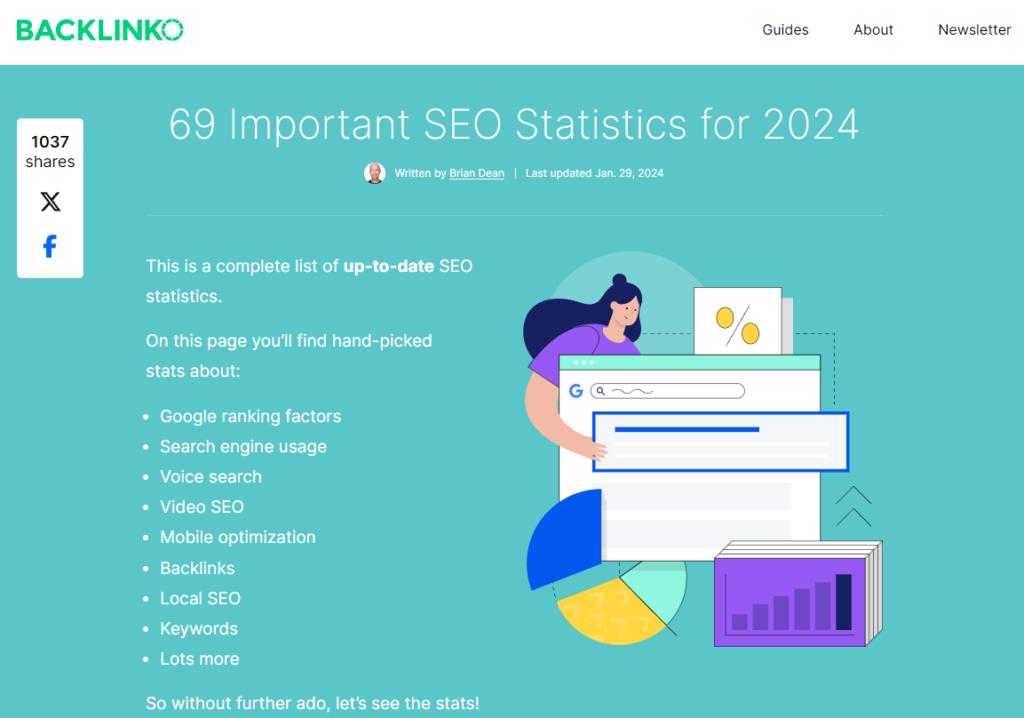
Of course, these are no free backlinks. Creating such an article, especially based on original data, requires a lot of resources.
However, the investment pays off because the content keeps generating backlinks well into the future. For example, the article above has been earning backlinks regularly over the last 5 years (it has been updated since first published though).
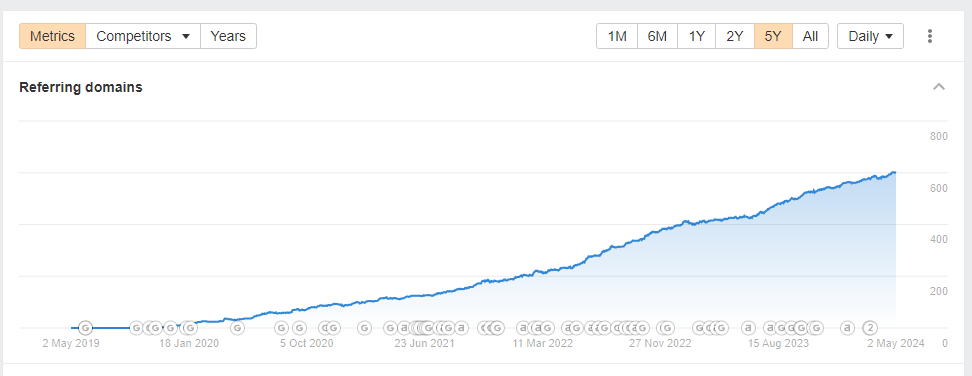
There’s one more benefit of link-earning:
Traditional link-building can often feel like a chore. Sending thousands of outreach emails to get only a handful of replies can be pretty disheartening and mind-numbing in the long run.
In contrast, link-earning relies on high-quality content, so it’s an opportunity to let your creative juices flow and showcase your craft.
For a content creator, earning links organically is also immensely satisfying. It fits into the idealistic view that if you create solid content, you don’t have to worry about link-building.
11 Creative Strategies To Earn Links
Talking of creativity, I asked 12 SEO and marketing experts to share their favorite link-earning tactics.
Here’s what they got back to me with.
1. Data-driven reports
For Evelina Milenova, the SEO Manager at Opinion Stage, stats are the best inbound link magnet:
Statistical articles are among the easiest linkable assets you can create. You can compile existing data, use your in-house data, and run surveys to create a unique set of statistics.
Steven Wilson, SEO consultant shares his views:
One of the best and most tried-and-true ways to earn backlinks is still using unique and relevant statistics. It’s not about regurgitating already known statistics to your audience but combining multiple relevant statistics to create something unique that your industry would want to discuss and mention in its content.
Here’s how Steven approaches the process:
- Analyze data from trusted sources, like educational institutions (.edu) and non-profit organizations (.org)
- Narrow down the focus to specific demographics or sectors. For relevance.
- Merge individual statistics into a cohesive and original data point.
For example, to create an article on the best areas to start a personal injury firm, he would look for areas with disproportionately high rates of personal injury claims relative to their population.
He would look for data on personal injury claims in specific cities and population growth stats from court records and .org sites dedicated to demographic research.
2. Create infographics
Want to enhance the reach of your statistics?
Georgi Todorov recommends adding visuals to illustrate your statistics.
Infographics make it easier to digest the data and are visually appealing. So they capture the reader's attention better than dry data in text or tables.
This makes your content more attractive for your journalists and bloggers looking for ways to add value to their content.
Here’s an example of an infographic illustrating one of Georgi’s articles.
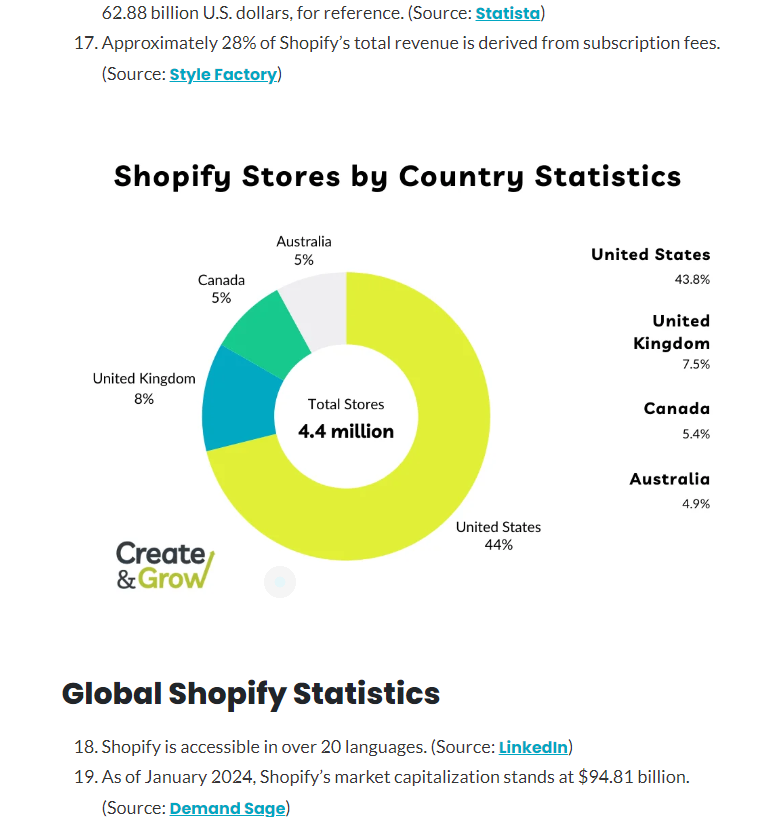
3. Leverage reverse outreach
Jacek Zmudzinski and Colm O’Regan are fans of reverse outreach for earning backlinks.
The term was originally coined by Brian Dean. Instead of pestering journalists and bloggers with your outreach emails, you create quality content that they might be interested in. And they come to you.
Instead of reaching out to journalists or bloggers trying to get them to link to you, figure out what they’re already searching for (a “journalistic keyword”) and then write an exceptional article about it.
Colm uses keyword research tools like Ahrefs to find relevant topics. An example of a “journalist keyword” in the SaaS industry might be "top saas companies"
He’d then write an article listing some of the most popular SaaS brands and optimize it for SEO. When a journalist finds his article (assuming he's done the research), they should link back.
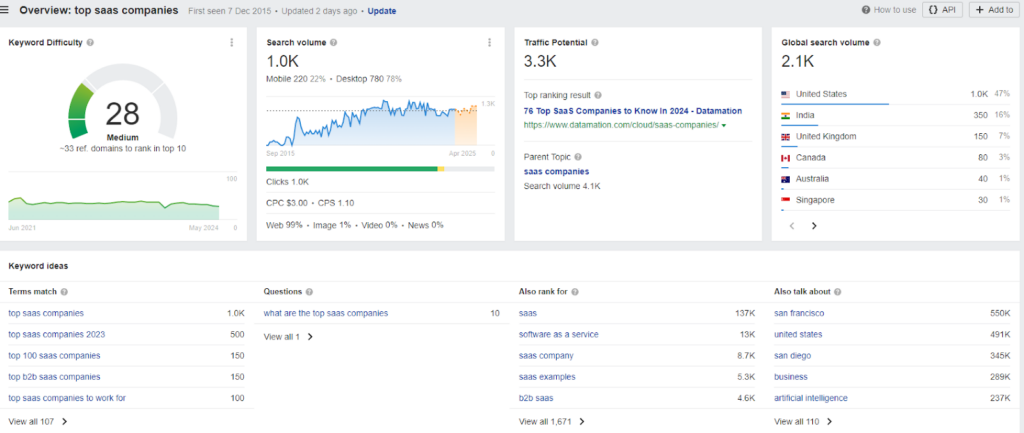
Jacek uses social listening tools to identify link-worthy topics:
Social listening tools like Brand24 help SEO teams keep an eye on what people are saying about their brand and the industry in real time. This way, they can find out what people are interested in, what they’re talking about, and who’s talking about it. With this info, they can come up with content that people will actually want to read and share…
4. Build free tools and resources
Szymon Slowik, the co-founder of takaoto.pro SEO agency, finds creating free tools and resources a brilliant way to earn inbound links.
One way to passively acquire links is to provide the community with a useful, publicly available tool. Think of a tool that truly stands out, is convenient and accessible – a “valuable asset.” Like a simple redirect checker or some HTTP status checker (like httpstatus.io). Look at the link profile of builtwith.com or the Ahrefs Free SEO Tools – they attract backlinks like crazy.
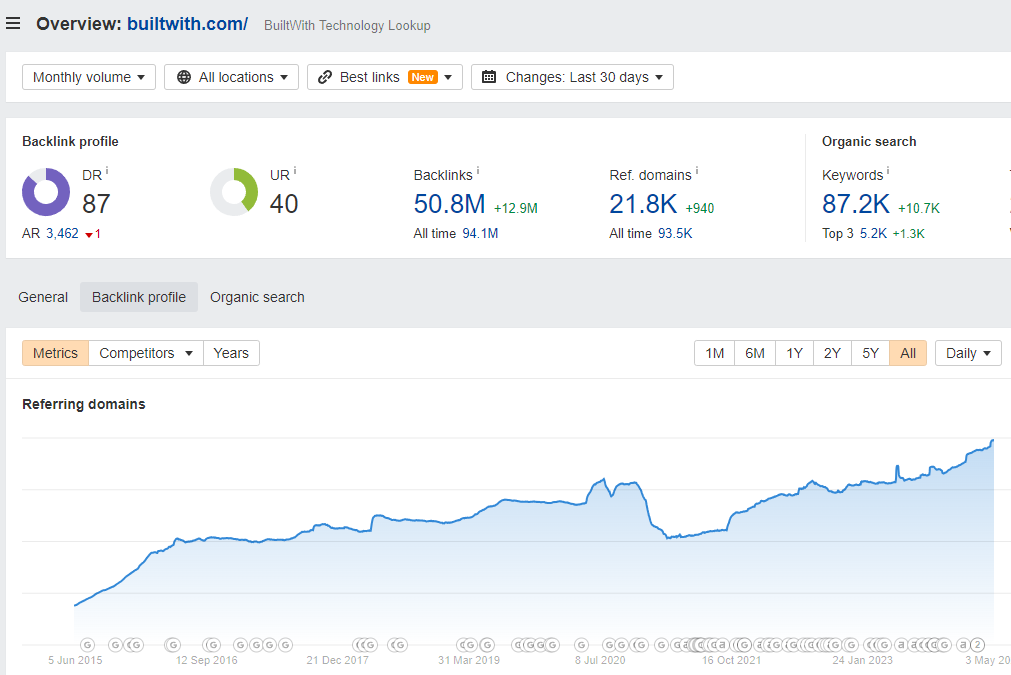
If you’re in the SaaS space, providing a free tool helps you drive paid customer acquisition too. Once they experience your product value for free, they’re more likely to purchase the full version. So you kill two birds with one stone.
Other linkable resources include:
- Checklists
- Templates
- Spreadsheets with ready-to-use formulas for specific tasks
- Unit converters or calculators, e.g. salary calculators
For example, Gert Kulla, the CEO of Red Bat SEO Agency, has had really good results earning backlinks with a template:
Early on when I was running a small marketing agency, I created and shared a comprehensive digital marketing strategy template on my site. It ended up getting picked up organically and shared by a number of popular blogs and sites related to marketing and small business. That template alone brought in dozens of referral links and greatly expanded my reach and authority in the space.
5. Promote your content with digital PR
Digital PR is definitely a strategy that requires high creativity. And it can help you secure a lot of links.
Here’s an example of Victor André Enselmann, the Head of Marketing at Modeva:
A great example of this is an analysis we created for a fintech client of ours, where we analyzed based on data from public databases as well as the company’s own data. We then mapped out the differences throughout the country, made a quick little report, and sent it out to relevant journalists. The result? More than 23 high-quality backlinks.
Here’s the screenshot of the page’s backlink profile.

The jury is out on whether digital PR falls into the link-earning or link-building bucket. After all, it does require outreach to pitch the story to journalists.
However, all link-earning tactics rely on content promotion to some extent. A digital PR campaign may simply accelerate the organic link acquisition. Like it was in the case of the LearnWorlds article below.
The article initially earned 30 or so links. And then another company used it in its PR campaign. This brought another 40 backlinks.
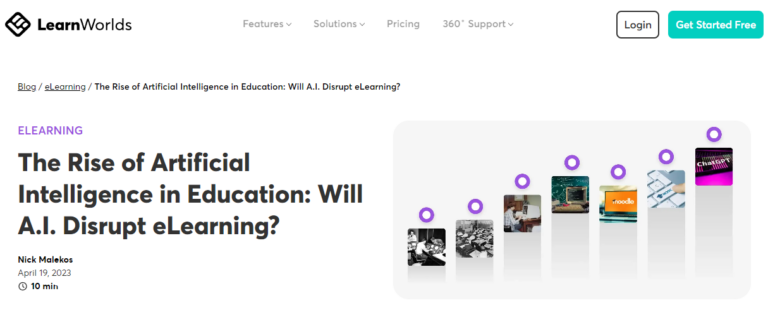
6. Organize and sponsor events
Organizing local events is another strategy that LearnWorlds uses to attract press coverage and backlinks.
LearnWorlds hosts workshops in Athens for local HR & Dev groups, this generates press pretty often. Hosting small communities and events in your offices is a great way to get coverage.
Sponsoring events can be an excellent opportunity to generate backlinks. For example, Ahrefs sponsors a few SEO conferences, like BrightonSEO or Chiang Mai SEO Conference.
Apart from backlinks from the organizers, sponsoring events can help you earn links in magazines and websites covering industry events. Which makes them highly relevant, both topically and geographically.
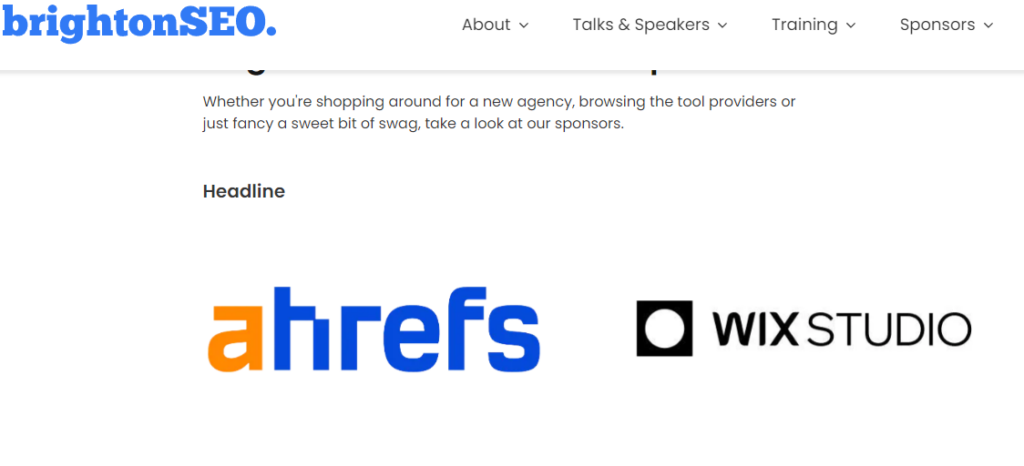
7. Create listicles
Listicle link-building is a popular strategy. You search for articles that don’t list your product or company, and suggest your product as another item. And ask for a backlink.
Marc Bishop of Wytlabs has turned this strategy around. Instead of looking for articles listing related products or brands, he creates his own listicles. The companies that get mentioned often share the article and link to it.
Creating well-researched and curated lists of industry leaders, tools, or resources can earn backlinks from those featured. For instance, compiling a “Top 10 Revolutionary SaaS Solutions of the Year” list encourages featured companies to share the honor on their own platforms, linking back to the original article.
This strategy brings backlinks, increases the article reach, and helps in networking.
8. Develop controversial content
Taylor Scher, an SEO consultant, is a big fan of link-earning:
Inbound link building is my main recommendation for clients. It saves so much time cutting out the “outreach” part and can earn you some high-quality links as well.
One of his go-to tactics is to create controversial content:
Create controversial content that people reference. I created a deep dive article on AI/SEO that earned some links naturally without me even asking for them.
The article about Google's recent algorithm update by HouseFresh is a good example of controversial content. The claim that the update destroyed smaller websites in favor of larger ones like Forbes got a lot of traction. It earned around 900 referring domains.
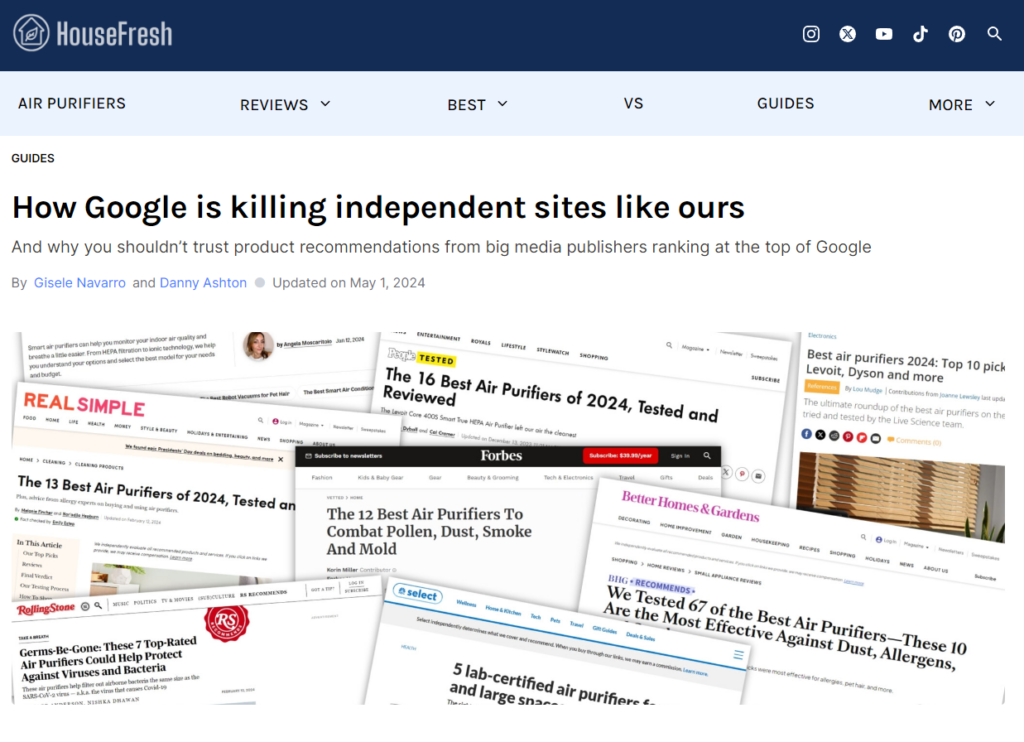
9. Build location-based experiences
Karen Vaisman, a Sales and Marketing Manager, and Professional Photographer mentions leveraging augmented reality to build location-based experiences as a way to attract backlinks:
By developing augmented reality (AR) experiences like scavenger hunts tied to physical locations relevant to your brand or industry, you encourage users to visit these locations and interact with your AR content on their smartphones.
The novelty and interactive nature of this approach can drive engagement and promote sharing. Other websites, intrigued by the novelty and locality of your campaign, may consider linking to it as a unique feature or local attraction.
Here’s an example:
Legoland in Windsor offers an augmented-reality experience that brings to live LEGO MYTHICA creatures.
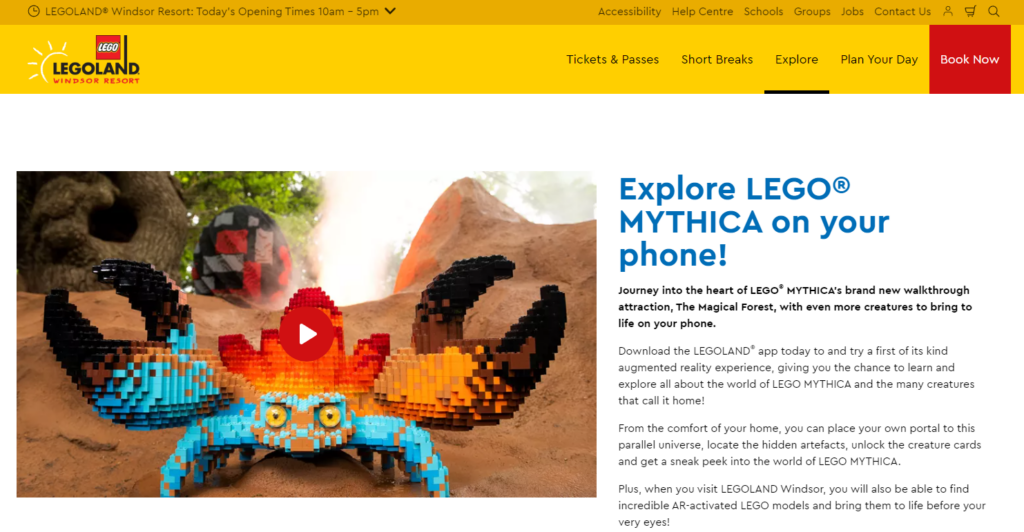
This is a pretty cool idea. If you have the resources and technical know-how, go for it.
If not, other resources, like interactive local maps or guides, can do the job as well.
10. Collaborate with influencers
Viktoria Medvedko, the founder of GetMentioned, finds building relationships with influencers one of the best ways to earn quality links.
For Viktoria, the benefits of such collaborations extend beyond securing backlinks.
It’s not just about link building; it’s about building meaningful connections and narratives together… From insightful podcasts to engaging social media campaigns, each partnership not only earns us backlinks but also enriches our brand narrative and expands our reach.
Nick Malekos also finds collaboration with influencers a good way to earn backlinks and get exposure. He finds competitions work particularly well:
Consider running a competition or give an award through an influencer. The bigger you can affort (influencer & gift) the better. You can use this as Digital PR, but usually publications grab these by themselves.
11. Smash it at competitions
Nick has yet another idea: sending teams from your company to competitions where they can showcase their skills and talent.
Use your most talented people and go to competitions that tend to post their results online. Sponsor your team, and try to win the competition. The more popular the competition the more mentions you will get from media, bloggers, social postings, etc.
What sort of competitions are we looking at?
Creative competitions on design might be the most suitable to showcase a company or for very IT-focused ones, hackathons & dev problem-solving ones are the best.
Final Words
Earned links carry lower risks as they don’t violate search engine rules and are an opportunity to showcase your expertise and establish yourself as an authority in your niche.
Having said that, creating valuable assets that attract inbound backlinks requires a fair bit of upfront effort, creativity, and skill.
You surely have what it takes to create them in-house, but is it the best use of your manpower? If you’d rather outsource the process to a reputable link-building agency, why not get in touch with the Editorial.Link team?


